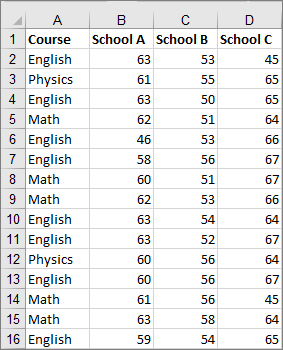
Here, 1.5 IQR above the third quartile is 88.5 ☏ and the maximum is 81 ☏. The upper whisker boundary of the box-plot is the largest data value that is within 1.5 IQR above the third quartile. The upper quartile, median, and lower quartile make up what we refer to as box. Box and whisker charts break data into quartiles. Many exploratory actions are also supported in Explore mode.

Box plots can be drawn either horizontally or vertically.įigure 3.


In addition, the box-plot allows one to visually estimate various L-estimators, notably the interquartile range, midhinge, range, mid-range, and trimean. The spacings in each subsection of the box-plot indicate the degree of dispersion (spread) and skewness of the data, which are usually described using the five-number summary. Outliers that differ significantly from the rest of the dataset may be plotted as individual points beyond the whiskers on the box-plot.īox plots are non-parametric: they display variation in samples of a statistical population without making any assumptions of the underlying statistical distribution (though Tukey's boxplot assumes symmetry for the whiskers and normality for their length). In addition to the box on a box plot, there can be lines (which are called whiskers) extending from the box indicating variability outside the upper and lower quartiles, thus, the plot is also termed as the box-and-whisker plot and the box-and-whisker diagram. In descriptive statistics, a box plot or boxplot is a method for graphically demonstrating the locality, spread and skewness groups of numerical data through their quartiles. Box plot of data from the Michelson experiment


 0 kommentar(er)
0 kommentar(er)
